How To Choose Right CCTV Camera Lens?
Here, we are discussing how to choose right CCTV camera lens. If you are going to get install a CCTV camera at your premises then you have to know about some points about CCTV cameras. As we all know every kind of camera has a lens and it plays an important role in the quality of the picture.
The lens principle is to apply to all types of security cameras like domes and bullets, I will tell you everything about it and you have to choose which is best for your location or you can ask the question at the last of this page in the comment box.
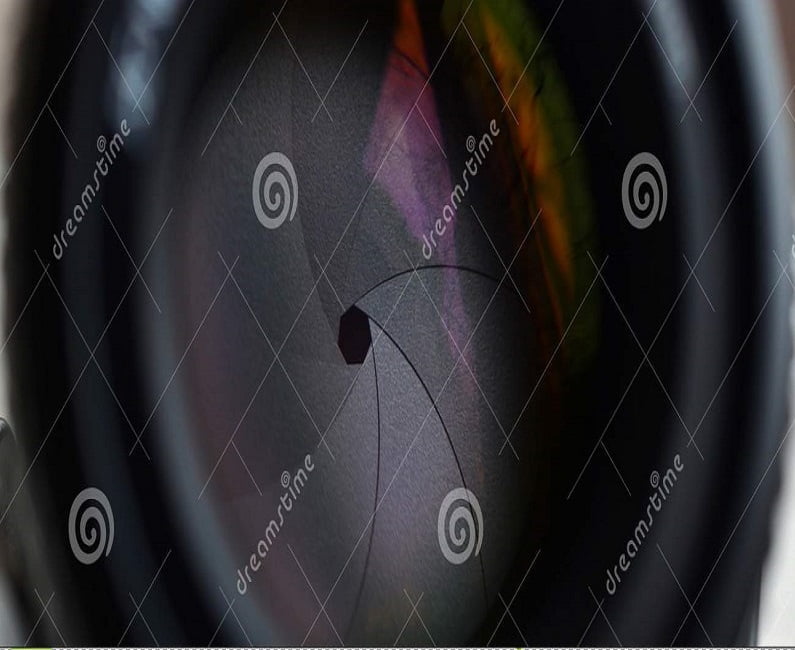
The camera lens size is referred to as its focal length. It is the distance between the camera lens and the sensor and its measured in mm, you may know the sensor is an electronics device into which the lens project the image where it analyses the image.
So if we want to understand the technical points of CCTV cameras then first we have to know some about the lens. The lens is not only responsible for the quality of the picture but is responsible for the amount of area the camera covered. So there are some basic points about camera lens and after understanding those points you can choose right CCTV camera for your premises. So let’s get started.
1. Aperture Of CCTV Camera Lens
The aperture of the camera is the hole in the lens where light enters into the camera, the smaller the holes less the light will enter into the camera and the larger the hole more light will be entered into the camera. So from an exposure perspective, how much should enter into the camera, is very easy to understand.
Aperture is its ability to control the depth of field of view means the range of distance that is in focus. The aperture is one of the three main features, it is essentially a little IRIS in your lens.
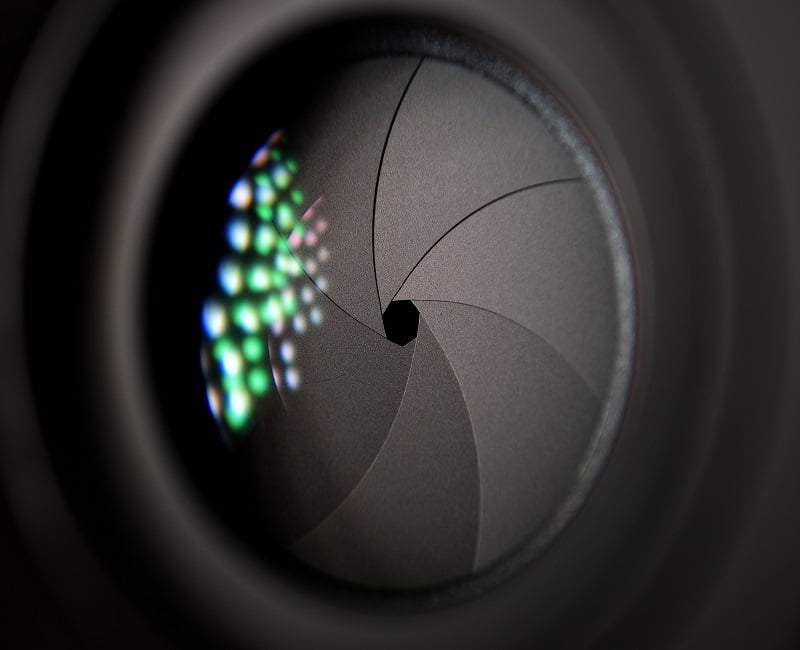
It is measuring in f-stop. In simple language, the wider aperture in the lens has less ability to capture the far object and near object. For example, suppose you want to take a picture of a person outdoor then you want to have only focus on the person, not on the background then you need to a big aperture. It can be quite confusing, so remember the simple rule, higher the f-number means, the sharpness of nearest is farthest object tends to equal.
2. The Iris
Every lens is going to have an iris, controls the light passing through the aperture. The Iris of the camera is responsible for how much light is passing through its aperture. It does not mean that wider the iris, the image is better but it should be in controllable amount. If more light passes then it washes the image and if low light passes then the image will dark.
If IRIS creates a large opening more will be the light passes through the lens. The light which is conceded by the iris hits the image sensor and that light get marked as electrical vibrations and the video is getting ready by the camera for recording.
there are many types of iris lens cameras in cctv like Fixed iris, manual iris, Video iris and Dc iris. As the name in fixed iris, we cannot change the opening that allows entering the lights into the camera.
In the manual iris, we can change the opening that allows more lights into the camera.
In the Video iris, there are lens has an amplifier that is used to control the iris by the video signal.
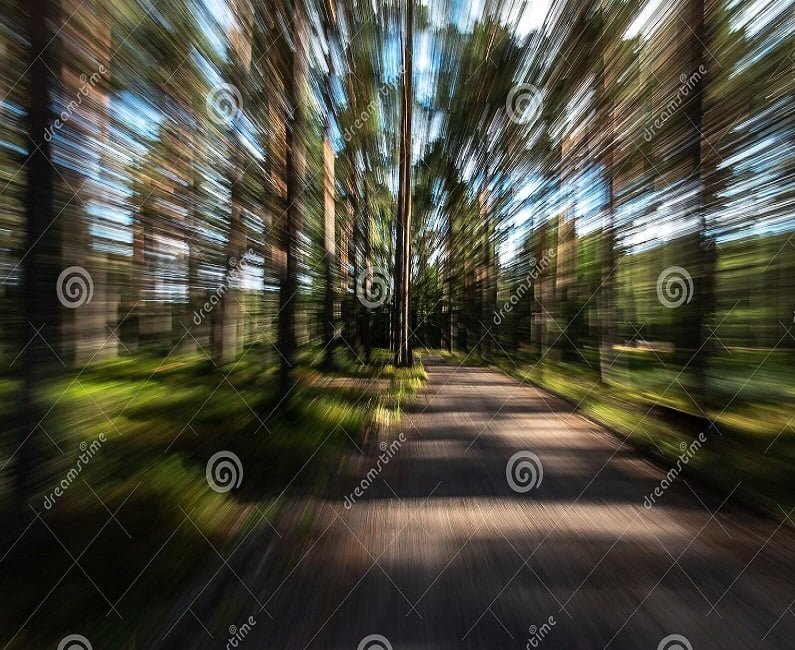
In the DC IRIS, it is controlled achieved by the DC voltage this lens has commands the camera has to amplify. There is another type of IRIS camera is “P IRIS” this is a very specific and advanced technology IRIS that control computerised and accurate. The main object of P IRIS is to enhance the image quality.
Sometimes we need auto adjustable iris cameras mostly in outdoor cases. In indoor small areas, you can use a fixed iris camera.
3. Field of view
One of the fundamental attention in setting up the CCTV camera system is to enlarge the area occupied by the camera in the field of view. The basic and important need is to ensure that every necessary detail is under the frame of your CCTV camera.
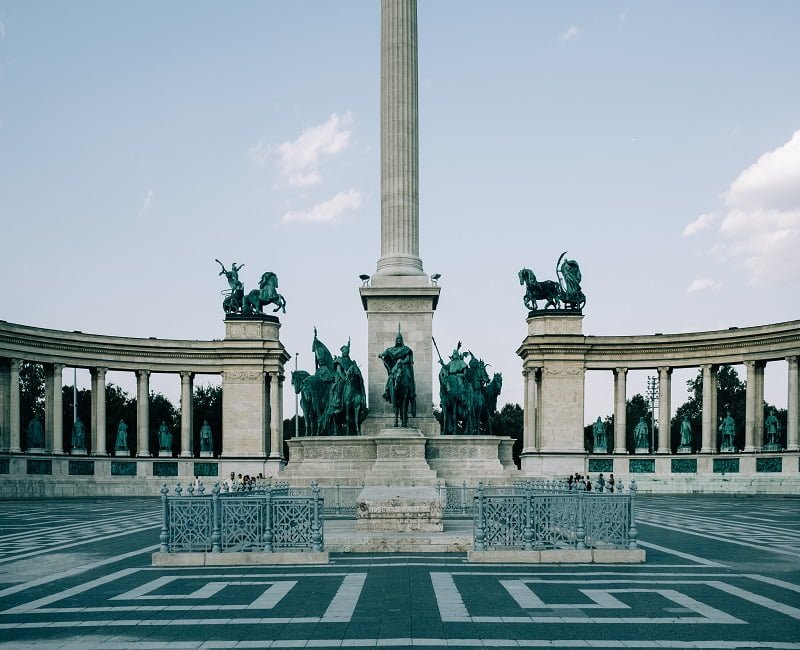
There is one disadvantage of a large field of view is image looks very blurry and block pixels in footage and there are some difficulties in identifying the object.
Field of view is simply a term that is used to define how much area( in width ), the lens allows to see. FOV depends upon the focal length of the camera. Higher FOV means you can see the higher wide angle. If FOV is high that means you can see a wider area but less far area.
4. Focal length
The Focal length defines how far the camera can see. Focal length measuring in mm. You generally hear a 2.8mm lens or 3.6mm lens. So what it means, means a camera that has 2.8 focal lengths can see wider than 3.6mm focal length. So it is very necessary to choose the right focal length camera according to the area. In general, In smaller areas, fewer focal length cameras should use.
I will tell you about what is the difference between a 2.8 mm lens and to 12 mm zoom lenses. The fixed lens camera with 2.8 mm is the purpose for the coverage area it covers quite a large area but it’s not so great on those detail off at the distance of 50 to 70 feet, you can’t easily recognize the detail of the facial features. It doesn’t appear face clearly until the 30 feet.
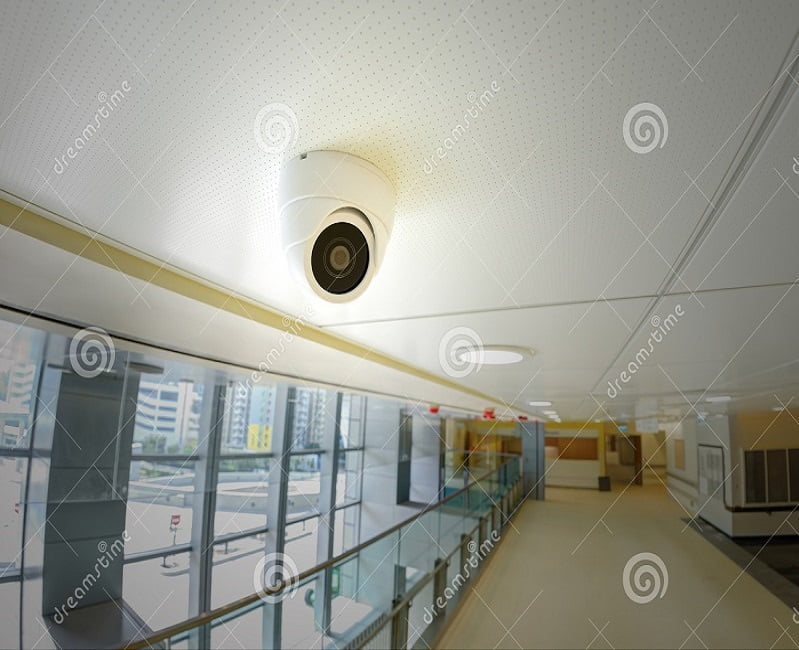
Let’s talk about the 4mm camera lens, here you will get a little bit more detail at the same distance of 50 to 70 feet but the field of view has slightly decreased and a little bit of detail will become available.
In the 6 mm lens, more detail will available in comparison to both lenses at the same distance, you can see easily the facial features and you can identify the object that is in the hand of any person or we can read the number plate of vehicles from 30 feet away.
But there is again the surrounding area will no longer or wider being recorded.
In the lens of 12 mm, this camera is the purpose to withdraw detail from the same distance as above, you will see the detail will be perfect but there could be lots of other things that are not in the footage of the camera which is recorded in previously lenses.
So it is up to you which camera is you wanted to install, every camera is suitable for a particular location like indoor and outdoor. The coverage camera is perfect for the outdoor where we have to cover a large area, and for indoor there must have facial detail feature in the recordings.
For the range of 50 to 70 feet, I will advise installing 6 mm lenses because they have better wide coverage as well as fine facial detail within 50 feet, Now it’s your choice.
So these points you should consider before applying a CCTV camera at any premises and hope now you got how to choose the right CCTV camera lens.
THANK YOU.
